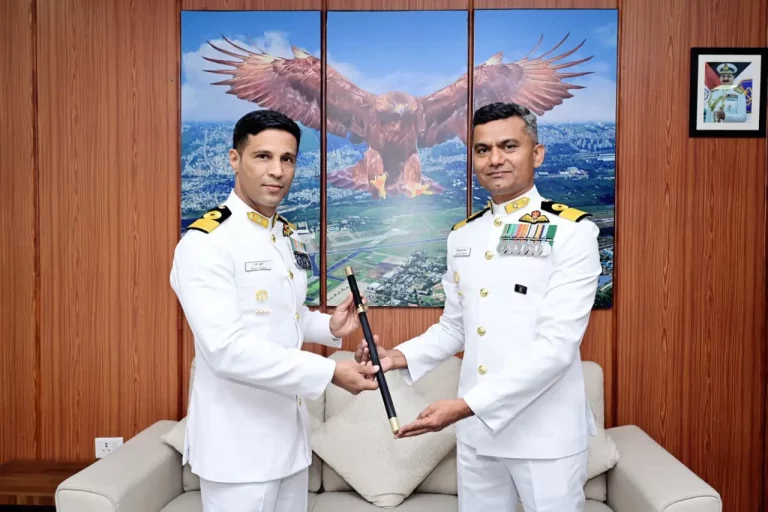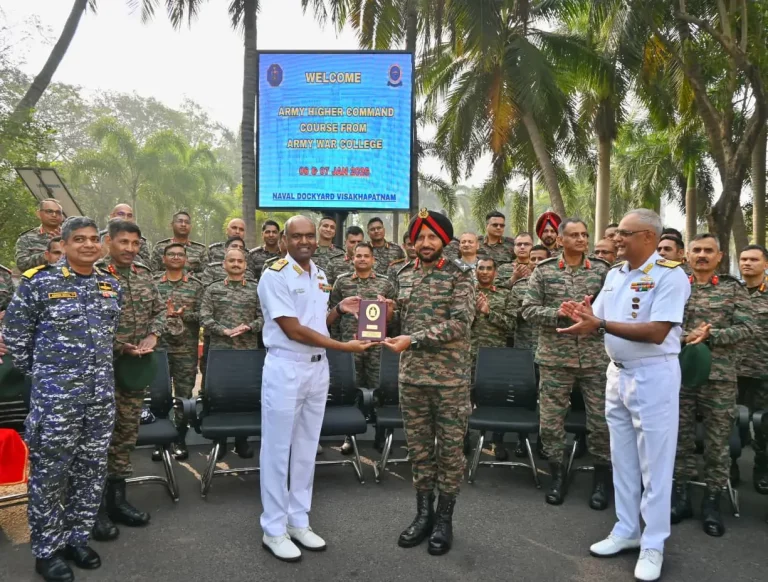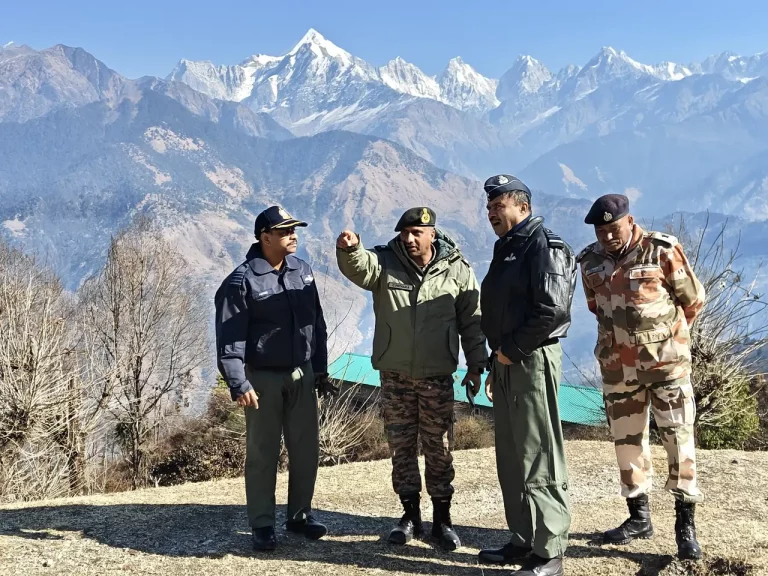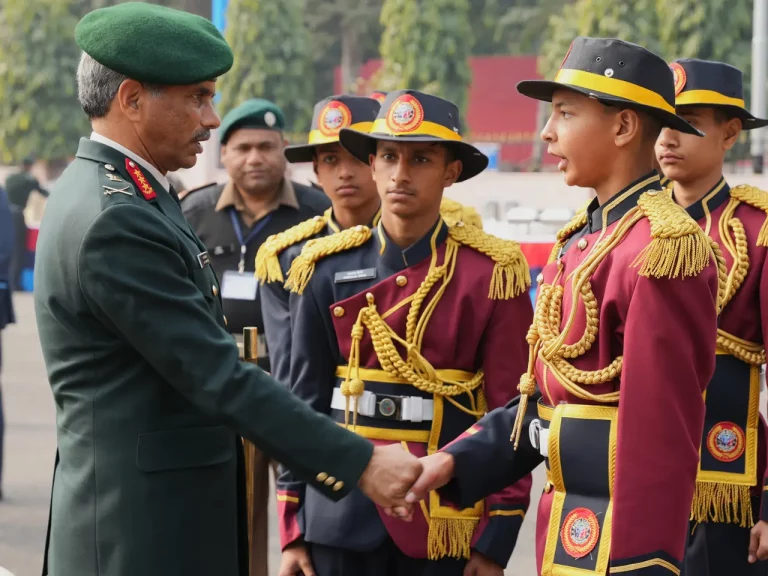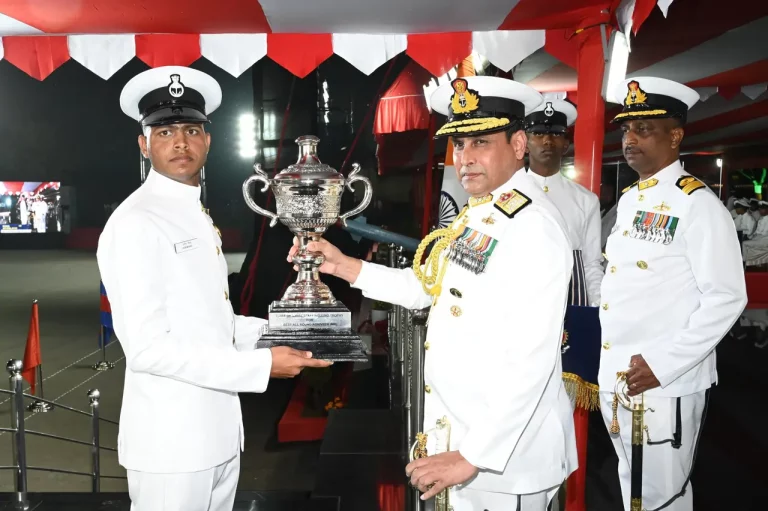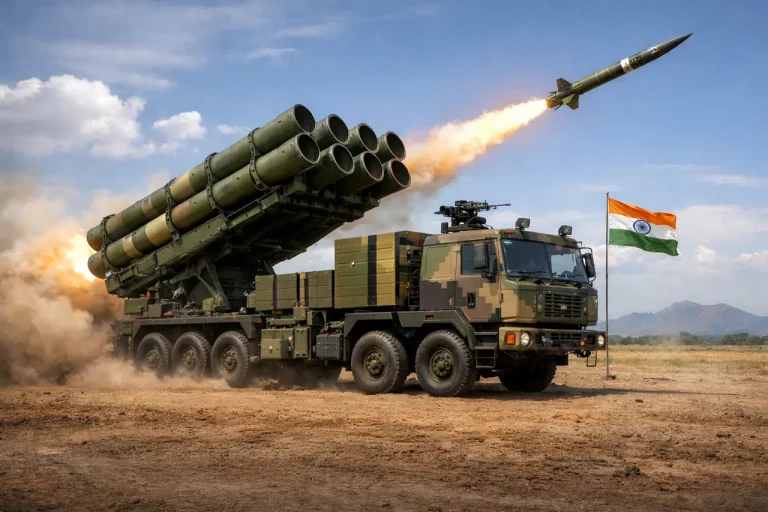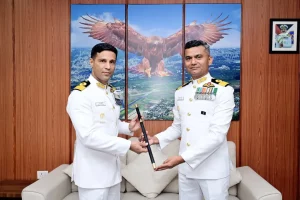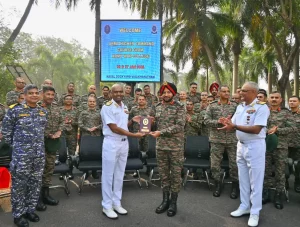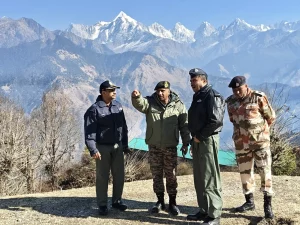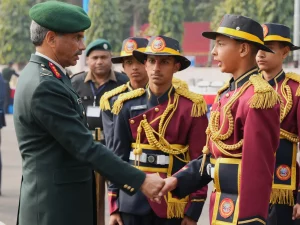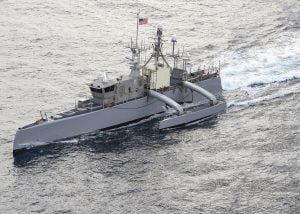In a pivotal move for enhancing India’s air combat capabilities, the government is actively exploring Russia’s proposal to supply and co-produce the advanced Sukhoi Su-57 fighter jet. Reliable sources have indicated to CNBC-TV18 that there are no intentions to pursue the American F-35 at this time, despite previous speculations. This strategic focus underscores India’s commitment to achieving self-reliance and rapid replenishment of its military forces.
This development comes at a time when the Indian Air Force (IAF) is under significant pressure to bolster its fighter strength. Currently, the IAF operates only 31 squadrons, falling short of the sanctioned 42. In stark contrast, China has reportedly introduced over 435 fighter and ground attack aircraft over the last decade, while India has seen a decrease of 151 aircraft. This situation has created an urgent imperative for India to regain its regional air dominance.
The Russian proposal stands out due to its promise of complete technology transfer, which would enable India to integrate indigenous systems such as Active Electronically Scanned Array (AESA) radars, advanced avionics, and domestic weaponry—all aligned with the ‘Make in India’ initiative. The existing production line for the Su-30 aircraft at Hindustan Aeronautics Limited (HAL) in Nashik provides a robust infrastructure that could facilitate this co-production effort, further tipping the balance in favor of the Russian offer.
During the India Today Conclave 2025, Russian Ambassador Denis Alipov characterized the Su-57 as “the best combat aircraft currently flying.” He highlighted its impressive performance at the recent Aero India 2025 and reiterated Russia’s openness to sharing technology as well as establishing joint manufacturing efforts in India.
In parallel to these discussions, the Ministry of Defence is anticipated to release a Request for Proposal (RFP) for the indigenous Advanced Medium Combat Aircraft (AMCA) program next week. Following this, a pre-bid meeting is expected to occur within 15 days, with formal bid invitations to follow in roughly 45 days. The new execution model for the AMCA aims to create a level playing field for both private and public sector companies, paving the way for broader participation in the defense industrial base.
While the AMCA program is still in its early stages of development, India is also evaluating medium-term strategies to address the immediate shortfall in fighter jets. Co-development of fifth-generation jet engines with global manufacturers such as Safran (France) and Rolls Royce (UK) is among the options on the table. Both companies have expressed willingness to transfer full technology to Indian counterparts.
Senior officials, including Defence Secretary and Air Chief Marshal A.P. Singh, have publicly acknowledged the urgent need to acquire 35–40 fighter jets per year to meet the operational requirements of the IAF. Consequently, a comprehensive three-pronged approach has been established, encompassing short-term imports or co-productions, mid-term capability enhancements, and long-term indigenous development through the AMCA program and associated engine projects.
The potential induction of the Su-57 into India’s arsenal represents a critical convergence of geopolitical interests, defense modernization initiatives, and industrial strategy, offering the country immediate relief and substantial leverage in the evolving landscape of fifth-generation fighter technology.

